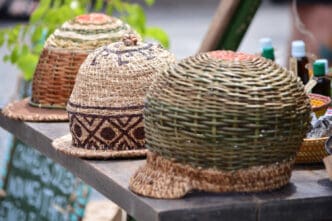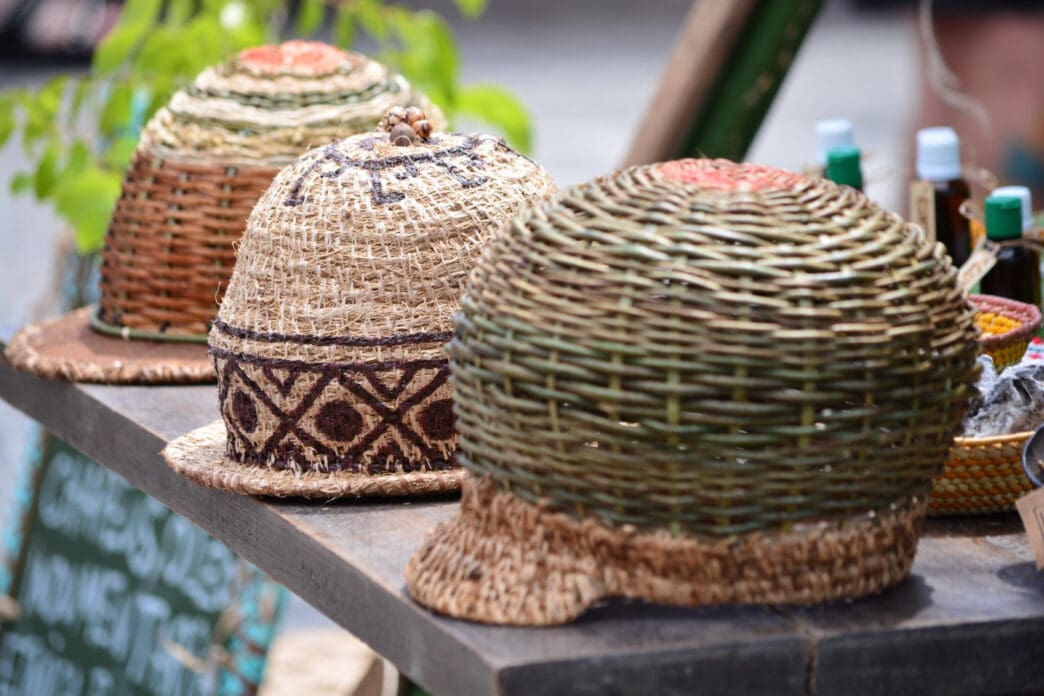For Floridians seeking a cultural experience that is profoundly American yet feels worlds away, the Gullah Geechee Cultural Heritage Corridor offers an unparalleled journey into the heart of a resilient and vibrant community. While the core of this unique culture, shaped by the descendants of enslaved West and Central Africans, lies further up the Atlantic coast, the path to discovery begins just a few hours’ drive north of the Magic City. An exploration of the Gullah Geechee way of life is a multi-sensory adventure involving historic site visits in Florida, Georgia, and South Carolina, tasting a cuisine rich with African influence, and witnessing artistic traditions that have been passed down for generations. This is a trip that connects you not just to a different place, but to a different and vital part of our nation’s history.
Understanding the Gullah Geechee Legacy
Before embarking on this journey, it’s essential to grasp the significance of the culture you’re about to experience. The Gullah Geechee people are direct descendants of Africans who were enslaved on the isolated sea and barrier islands stretching from northern Florida to North Carolina. Their story is one of incredible perseverance and cultural preservation.
Who Are the Gullah Geechee?
Most of the enslaved people brought to this region came from West Africa’s “Rice Coast,” including modern-day Sierra Leone and Senegal. They were specifically chosen for their knowledge of tidal rice cultivation, a skill that made plantation owners in the Lowcountry of South Carolina and Georgia incredibly wealthy. This shared origin and the relative isolation of island life allowed them to forge a new, distinct Creole culture.
The geographic isolation of the sea islands acted as a cultural incubator. It allowed these communities to retain a remarkable number of African traditions, from language and foodways to spiritual beliefs and artistic expression, far more than other African American communities in the United States.
A Culture of Resilience
The Gullah language itself is a testament to this resilience. It is an English-based Creole language that contains many words and grammatical structures from various African languages. While you may not hear it spoken frequently in public, its rhythm and influence permeate the region.
This culture is also defined by its powerful storytelling traditions, its soul-stirring spirituals that laid the groundwork for gospel music, and its iconic arts. Perhaps the most famous of these is the intricate art of sweetgrass basket weaving, a skill with direct roots in West Africa.
The Journey North: Your Gullah Geechee Itinerary from Miami
Think of this as a road trip, a pilgrimage that unfolds as you travel north. While you can visit some sites on a long weekend, dedicating several days will allow for a truly immersive experience. The journey starts in our own backyard, in the northern reaches of Florida.
First Stop: Florida’s Historic Coast
Florida marks the southern boundary of the federally designated Gullah Geechee Cultural Heritage Corridor. The state holds sites of immense importance that pre-date even the founding of the United States.
American Beach, Amelia Island
Just a five-hour drive from Miami, American Beach was established in the 1930s by Abraham Lincoln Lewis, Florida’s first Black millionaire and president of the Afro-American Life Insurance Company. It served as a premier oceanfront resort for African Americans during the Jim Crow era, a place where they could enjoy “recreation and relaxation without humiliation.” Today, you can visit the American Beach Museum to learn this history and see the towering NaNa sand dune, a protected natural landmark.
St. Augustine
A little further south, St. Augustine is home to Fort Mose Historic State Park, a critical precursor to the Gullah Geechee story. In 1738, the Spanish governor established Gracia Real de Santa Teresa de Mose as the first legally sanctioned free Black settlement in what is now the U.S. It was a haven for those fleeing enslavement in the British colonies to the north. While the original fort is gone, a museum and interpretive center powerfully tell its story.
Into the Heartland: Georgia’s Golden Isles
As you cross into Georgia, you enter the core of the Gullah Geechee world. The state’s barrier islands, known as the Golden Isles, are home to some of the most well-preserved communities and landscapes.
Sapelo Island
Sapelo Island is arguably the most essential stop for anyone seeking an authentic Gullah Geechee experience. Home to the community of Hog Hammock, with about 30 full-time residents, it offers a window into a way of life that has persisted for centuries. Access is restricted and requires booking a spot on a ferry and tour, a measure that helps protect the community’s privacy and integrity.
On Sapelo, you will learn about the island’s history, its unique ecosystem, and the legacy of its residents, including the late, great matriarch Cornelia Walker Bailey, whose books are essential reading. This is not a commercialized tourist spot; it is a living community and a powerful lesson in cultural survival.
St. Simons Island and Brunswick
On the more accessible St. Simons Island, visit the Harrington School Cultural Center, a restored one-room schoolhouse that served the island’s Gullah Geechee children for decades. In nearby Brunswick, you can explore the historic city and learn about its deep maritime and cultural connections to the community. And on neighboring Jekyll Island, the Wanderer Memory Trail poignantly commemorates the landing of the Wanderer, the last known slave ship to arrive in the United States in 1858.
The Soul of South Carolina: Lowcountry Immersion
South Carolina is where the Gullah Geechee culture is most visible and celebrated. From the bustling streets of Charleston to the quiet lanes of St. Helena Island, the history is palpable.
Charleston: The Urban Epicenter
Charleston was a major port of entry for enslaved Africans, and their labor and culture built the city. Today, you can confront this history at the Old Slave Mart Museum and the new International African American Museum. The most vibrant display of living culture is in the historic City Market, where generations of Gullah women sell their masterfully woven sweetgrass baskets.
For a deeper dive, consider taking a specialized tour, like the ones offered by Gullah Tours, led by guides who share the city’s history from an African American perspective. The culinary scene here is also a must, with restaurants dedicated to preserving and elevating Gullah Geechee cuisine.
St. Helena Island & the Penn Center
No Gullah Geechee journey is complete without a visit to the Penn Center on St. Helena Island. Founded in 1862, it was one of the very first schools in the South for formerly enslaved individuals. It stands today as a vital cultural institution with a museum and grounds that breathe history.
During the Civil Rights Movement, the Penn Center served as a peaceful retreat for Dr. Martin Luther King Jr. and the Southern Christian Leadership Conference. Walking these grounds, you feel the immense weight and importance of a place that has been central to the Black struggle for freedom and education for over 150 years.
Experiencing the Culture Authentically
Engaging with the Gullah Geechee culture goes beyond visiting historic sites. It’s about tasting the food, appreciating the art, and interacting with the community respectfully.
The Flavors of the Lowcountry
Gullah Geechee cuisine is the foundation of Southern cooking. Dishes like shrimp and grits, Frogmore stew (also known as a Lowcountry boil), red rice, and okra soup all have roots in West African cooking traditions. The emphasis on fresh seafood, rice, and local vegetables like collards and Sea Island red peas is a direct culinary link to the past.
The Art of Sweetgrass Baskets
The coiled sweetgrass baskets are perhaps the most tangible cultural artifact of the Gullah Geechee people. This art form, brought from West Africa, has been passed down through generations. To buy a basket is to own a piece of history, but it’s crucial to buy it directly from the weavers themselves, whether at Charleston’s market or from their roadside stands along Highway 17. This ensures the artists, not middlemen, benefit from their incredible skill.
Respectful Engagement
It is a privilege to visit these communities. Always remember that you are a guest. Support local Gullah-owned businesses, hire Gullah guides, and eat at Gullah restaurants. Be mindful and ask for permission before taking photographs of people or their homes. This is a living, breathing culture, not a theme park, and approaching it with reverence is paramount.
For those of us in Miami, accustomed to a rich tapestry of Latin and Caribbean cultures, the journey into the Gullah Geechee Corridor is a reminder of another, foundational American culture that thrives just up the coast. It is a trip that offers more than just a change of scenery; it provides a profound connection to the story of this nation, a story of sorrow, survival, and the enduring beauty of the human spirit.







